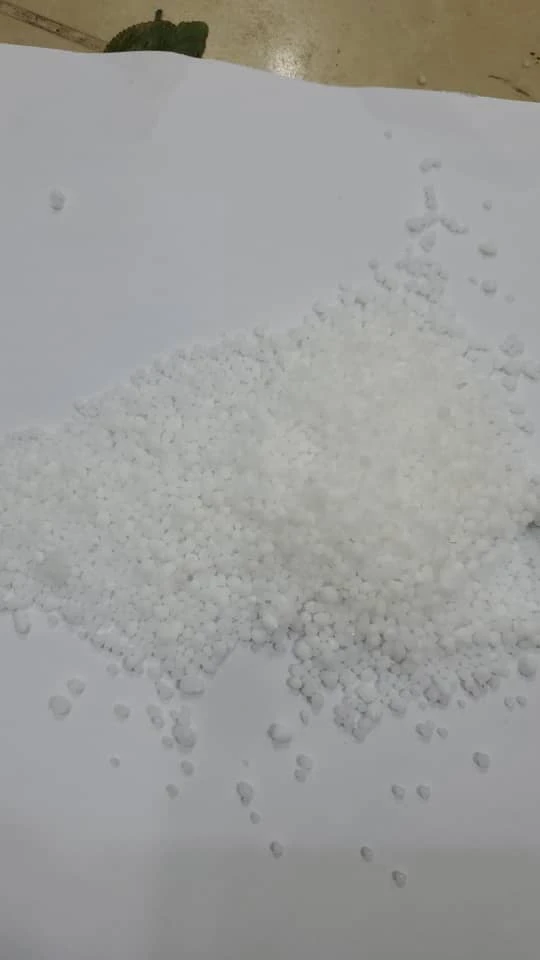



disinfectant used in water treatment
Disinfectant Use in Water Treatment Ensuring Safe Drinking Water
Water is essential for life, and ensuring its safety is a top priority for public health. One of the critical processes in water treatment is disinfection, which aims to eliminate pathogens that can cause waterborne diseases. Various disinfectants are used in water treatment, each with its own advantages and disadvantages. This article explores the types of disinfectants used in the water treatment process, their effectiveness, and considerations for their use.
Disinfectant Use in Water Treatment Ensuring Safe Drinking Water
Another common disinfectant is ozone. Ozone is a powerful oxidant and can effectively inactivate a wide range of pathogens. Unlike chlorine, ozone breaks down quickly in water, which means it does not provide residual protection. As a result, ozone treatment is often used in combination with other disinfectants to ensure ongoing disinfection throughout the distribution system. One of the main benefits of ozone is that it does not produce harmful DBPs as chlorine does; however, it is more costly to generate and requires specialized equipment.
disinfectant used in water treatment

Ultraviolet (UV) light is another method of disinfection used in water treatment. UV disinfection works by exposing water to UV light at specific wavelengths, effectively inactivating microorganisms by damaging their DNA. One of the significant benefits of UV disinfection is that it does not introduce any chemical residuals into the water, making it a safe alternative for treating drinking water. However, like ozone, UV treatment does not provide residual protection, necessitating the use of other forms of disinfection in the distribution system.
Chloramines, a combination of chlorine and ammonia, are also used as a secondary disinfectant in some water treatment facilities. They provide a longer-lasting residual compared to chlorine, making them suitable for large distribution systems. However, chloramines are less effective than free chlorine at inactivating certain pathogens, which means they may be used in conjunction with initial chlorination.
While disinfectants play a vital role in ensuring safe drinking water, their application must be carefully managed. Water treatment facilities must balance the need for effective pathogen removal with the potential risks associated with chemical disinfectants. Regular monitoring for DBPs and ensuring compliance with regulatory standards is crucial.
In conclusion, the choice of disinfectant in water treatment depends on various factors, including the specific contaminants present, the desired effectiveness, and the regulatory framework in place. Chlorine, ozone, UV light, and chloramines each have unique benefits and challenges. As water treatment technologies evolve, the industry continues to research and develop new methods to improve disinfection processes, ultimately aiming to provide safe and clean drinking water for all. Ensuring the safety of our water supply is not just a public health issue but a essential component of sustainable development.
-
Why Sodium Persulfate Is Everywhere NowNewsJul.07,2025
-
Why Polyacrylamide Is in High DemandNewsJul.07,2025
-
Understanding Paint Chemicals and Their ApplicationsNewsJul.07,2025
-
Smart Use Of Mining ChemicalsNewsJul.07,2025
-
Practical Uses of Potassium MonopersulfateNewsJul.07,2025
-
Agrochemicals In Real FarmingNewsJul.07,2025
-
Sodium Chlorite Hot UsesNewsJul.01,2025










